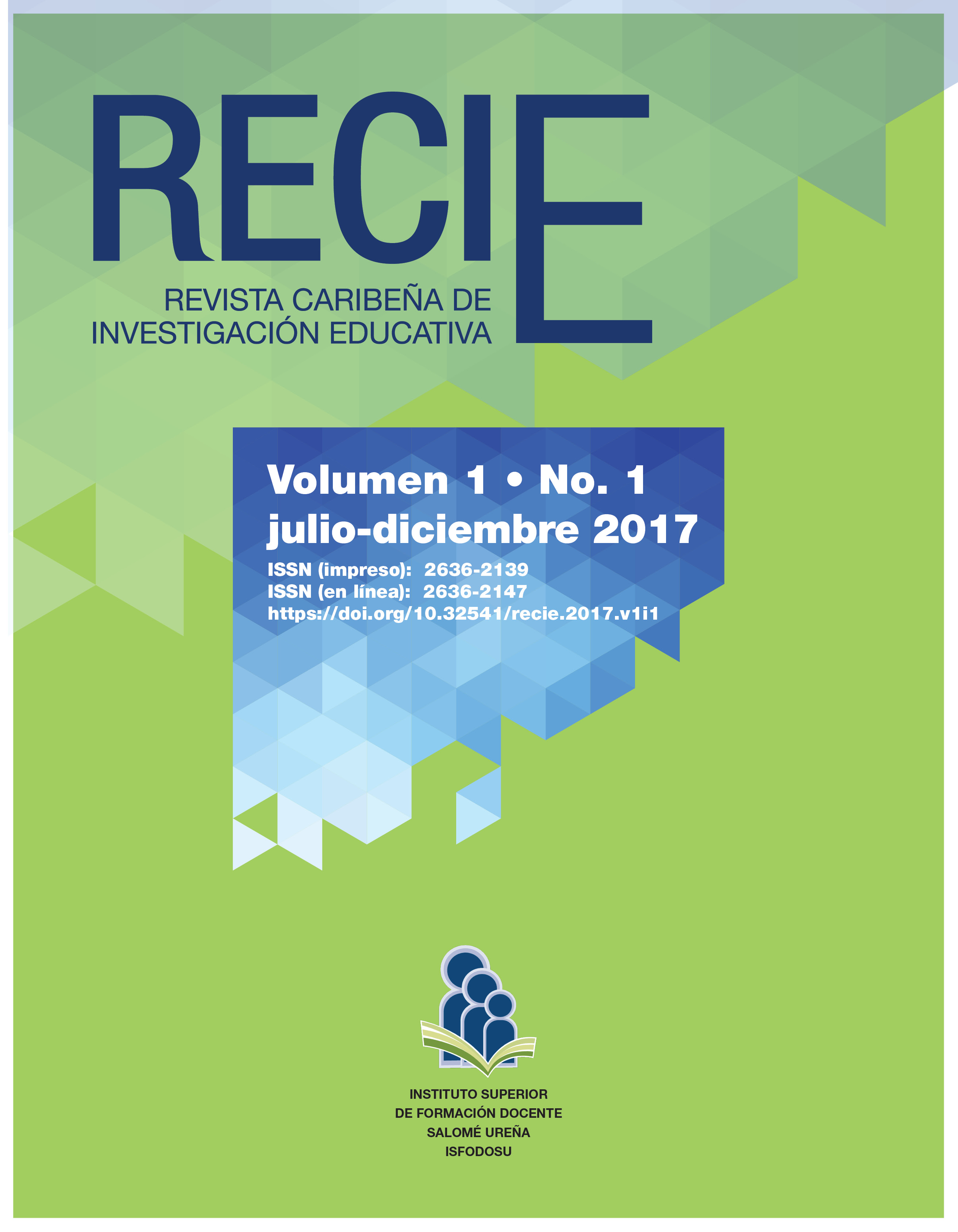The use of the Internet and gender violence: The perception of the student of secondary education
Authors
Detalles
Published
Abstract
Internet advances at a great speed and offers a wide range of resources. The use we make of the tools and social networks will mark our actions to communicate and relate. Teenagers and young people are the ones who surf the most, transit and reside in the network, leaving a fingerprint impregnated, generating a parallel world, where the rules of the game change, they reinvent themselves continuously, without existing, apparently, limits. It generates a virtual space in which people are exposed, an environment that is sometimes taken to promote online violence by adopting different forms of expression. The present article aims to collect a brief theoretical approach on the importance and impact of the Internet and what role ICTs play in gender violence issues. The following is the research carried out and financed by the BBVA Foundation on the perception of 3 or 4 Secondary Education (ESO) students in the way of exercising gender violence in virtual environments. For them, instruments and techniques for collecting information have been used, such as an online survey applied to 4536 students from: Andalucía, Cataluña, Aragón Galicia, Balearic and Canary Islands, discussion groups have been held and digital narratives have been developed. The results show the need to carry out educational actions to sensitize, raise awareness, act and prevent violence on the Internet.
Keywords
How to Cite
Downloads
Metrics
References
Arisó, O. y Mérida, R. (2010). Los géneros de la violencia Una reflexión queer sobre la violencia de género. Barcelona: Egales.
Arrazola, J., Martínez, S. & Prado, N. (2016). Guía de sensibilización, prevención y actuación ante las violencias de género 2.0. Universitat de Barcelona. Dipòsit digital. Recuperado de https:// bit.ly/2MPwt9D
Asociación para la investigación de medios de comunicación. (2013). Resumen general de resultados. Febrero a noviembre de 2013. Recuperado de https://bit.ly/2OC78Ak
Bolívar, A. (2002). ¿De nobis ipsis silemus? Epistemología de la investigación biográfico-narrativa en educación. Revista Electrónica de Investigación Educativa, 1(4), 40-65.
Calvete, E.; Orue, I.; Estévez, A.; Villardón, L. & Padilla, P. (2010). Cyberbullying in adolescents: Modalities and aggressors’ profile. Computers in Human Behavior, 26, 1128-1135.
Capurro, P. (2014). Sin nadie en el medio. El papel de internet como intermediario en las industrias culturales y en la educación. Centro de Estudios en Diseño y Comunicación, 49, 189-207.
D’Ovidio, R., & Doyle, J. (2003). A study on cyberstalking: Understanding investigative hurdles. The FBI Law Enforcement Bulletin, 72(3), 10-17. Recuperado de https://bit.ly/2MpXu6l
Estébanez, I. & Vázquez, N. (2013). La desigualdad de género y el sexismo en las redes sociales. Vitoria Gasteiz: Servicio Central de Publicaciones del Gobierno Vasco.
Finn, J. & Banach, M. (2000). Victimization online: The downside of seeking services for women on the Internet. Cyberpsychology and Behavior, 3, 776-785.
Fisher, B.S., Cullen, F.T., & Turner, M.G. (2000). The Sexual Victimization of College Women. Washington, DC: U.S. Department of Justice. National Institute of Justice. Recuperado de https://bit.ly/1whds1Z
Gani, M. (2002). Stalking and cyberspace: Crimes against privacy? Legal date, 14(3), 7-8.
García, T. N. (2012). E-women. Informe sobre la Violencia de Género en Internet. Recuperado de http://www.docudesk.com
Kazetari, M. (2013, 10 de diciembre). Terror sexual. Diagonal blogs. [Web log post] Recuperado de https://www.diagonalperiodico.net/blogs/june/terror-sexual-20.html
Lambert, J. (2009). Digital Storytelling. Capturing Lives, Creating Community. Berkeley, C.A.: Digital Diner Press.
Li, Q. (2007). New bottle but old wine: a research of cyberbullying in schools. Computers in Human Behavior, 23(4), 1777–1791.
Lundbym K. (Ed.) (2008). Digital Storytelling, Mediatized Stories: Self-representations in New Media. New York: Peter Lang.
Ohler, J. (2008). Digital Storytelling in the classroom: new media pathways to literacy, learning and creativity. California: Corwin Press.
Pozo, M.T. & Salmerón, H. (1999). Tendencias conceptuales y metodológicas en la evaluación de necesidades. Revista de Investigación Educativa, 17(2), 349-357.
Prado, N. y Vilà, R. (2015). Taller sobre Violencias de Género 2.0. Diseño. Universitat de Barcelona: Dipòsit digital. Recuperado de https://bit.ly/2vKFKJu
Rodríguez, J. L. & Londoño, G. M. (2010). Explicar històries... digitalment. Perspectiva Escolar, 344, 47-51.
Soenga, X. (2013). El papel de Internet y de las redes sociales en las revueltas árabes: una alternativa a la censura de la prensa oficial. Comunicar, 41, 147-155.
Southworth, C.; Finn, J.; Dawson S.; Fraser, C. & Tucker, S. (2007). Intimate partner violence, technology, and stalking. Violence Against Women, 3(8), 842–56.
Spitzberg, B., y Hoobler, G. (2002). Cyberstalking and the technologies of interpersonal terrorism. New Media Society, 4(1), 71-92.
Sullivan, D. (2002). A critical analysis of Queensland’s cyberstalking legislation. New SouthWales Society for Computers and the Law Journal. Recuperado de https://bit.ly/2nDJ5FA
Tejedor, F. J. (2000). El diseño y los diseños en la evaluación de Programas. Revista de Investigación Educativa, 18(2), 319-339.
Torres, C. (director) (2013). El ciberacoso como forma de ejercer la violencia de género en la juventud: un riesgo en la sociedad de la información y del conocimiento (Investigación promovida por la Delegación del Gobierno para la Violencia de Género). Madrid: Ministerio de Sanidad, Servicios Sociales e igualdad, Centro de Publicaciones.
Unión Internacional de Telecomunicaciones. (2013). Medición de la Sociedad de la Información. Resumen ejecutivo. Ginebra: Unión Internacional de Telecomunicaciones. Recuperado de https://bit.ly/1pNAk8t
Van Manen, M. (2003). Investigación educativa y experiencia vivida: ciencia humana para una pedagogía de la acción y la sensibilidad. Barcelona: Idea Books.
Verdejo, M. A. (2015). Ciberacoso y violencia de género en las redes sociales. Sevilla: Universidad Internacional de Andalucía.
Vilà, R; Donoso, T.; Rubio, M.J.; Prado, N.; Velasco, A.; Arrazola,... Martínez, S. (2015). Cuestionario de Violencias de Género 2.0. Universitat de Barcelona: Dipòsit Digital. Recuperado de https://bit.ly/2vMJiea
Witkin, B.R & Altschuld, J.W. (1996). Planning and conducting needs assessment. A practical guide. California: SAGE Publications.
